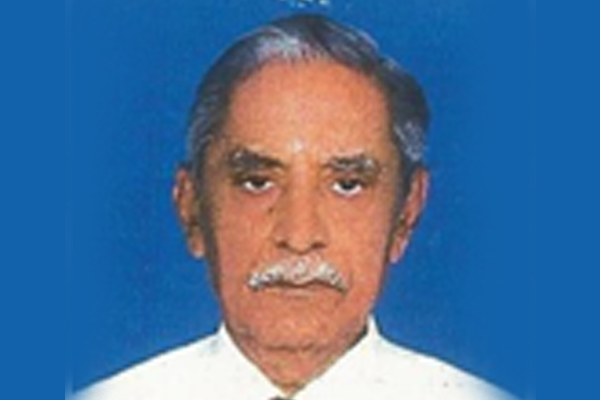|
Airworthiness Regulations For Civil Aircraft Oblige Excellent Operations With Strict Control Procedures
Interviewed by Adeesh Sharma
We spoke to P. S. Ganapathy, Senior Aviation Consultant & Fellow of Aeronautical Society of India to understand the key challenges related to implementing safety regulations within a large organization, the safety processes to be followed to ensure adherence to MRO best practices, the new and innovative occupational safety practices as part of MRO of aircraft and his views on the OSH India expo and the role played by it in enhancing awareness on safety related issues.
1. What are the key challenges related to implementing safety regulations within a large organisation?
Implementing safety regulations is the primary responsibility of the top management in any organization more so in a large organization. The key challenges are:
a) Walk the talk in practice
b) Getting the full commitment of the employees through infusing the required morale
c) Providing adequate resources.
2. What are the safety processes to be followed to ensure adherence to MRO best practices?
Establishment of an effective Safety Management System as appropriate to the organization is key to ensure that all the safety requirements are strictly followed. Only competent and passionate personnel should be appointed for such supervision of safety related activities. Regular audits should be carried out to unearth the shortcomings of the system and voluntary safety reporting should be actively encouraged from the workers as they know 100% of the problems in the work area. Initial and recurrent training should be carried out considering SAFETY as an INVESTMENT for business profitability.
3. What are some of the new and innovative occupational safety practices as part of MRO of aircraft?
Airworthiness regulations for civil aircraft oblige excellent operations with strict control procedures. Therefore proper aircraft maintenance and management is a sophisticated multi agent process, involving a growing amount of information processing.
MRO activities involve planning, compliance of regulations, Personnel push the cost significantly which results and authorizations, work order management , tool management and stock management.. Certainly these activities focus on reducing inventory and unscheduled aircraft groundings.To address these areas of focus, the aviation industry is interested in automation, digitalization, aircraft health monitoring and predictive maintenance.
Despite rapid innovation in the aviation industry over the last few decades - from advanced aerodynamics and composite materials to making planes lighter yet stronger - the technology to support on-ground engineers maintaining and certifying aircraft is still stuck in the 20th century. In the final two decades of the last millennium, coinciding with the advent of the Internet, rapid advances have been made in front-end aviation, such as dynamic pricing, aggressive marketing and online bookings.
Low-cost carriers (LCCs) are on the rise, particularly in Asia. Other commercial aircraft - significantly bigger than previous models, and carrying more passengers or cargo - are made of sophisticated composites that help reduce fuel consumption, and fly with smart computers and avionics on board.
Despite these advances, maintenance, repair and overhaul (MRO) work is largely stuck in the 20th century. Engineers on the tarmac and in the hangars still inspect aircraft largely in the same way as they did decades ago. A great deal of certification is still done on pen and paper. Parts and logs are checked manually after landing and before take-off.
To get aircraft off the tarmac and flying instead of idling on ground, more functions can and should be taken online to improve workflow. Many basic MRO processes such as scanning, signatures and record management have yet to go online, which would enable engineers and technicians to save significant time and effort, and to channel their resources more productively. Forward-thinking airlines must, therefore, take their resources digital and enlist fresh innovators to stay competitive in the years ahead.
4. Please tell us about your views on OSH India expo and the role played by it in enhancing OSH awareness.
It was a well organized Safety Workshop where all the stakeholders of aviation safety participated and exhibited their products under one roof. The panel discussions and presentations were exceedingly informative and above all very useful. Certainly it has enhances the aviation safety awareness particularly in the MRO environment which is witnessing significant growth.
CONCLUSION:
A brave new world awaits the aircraft engineer as well as senior leaders of the aviation industry. To get aircraft off the tarmac and flying instead of idling on ground, more functions can and should be taken online to improve workflow. Many basic MRO processes such as scanning, signatures and record management have yet to go online, which would enable engineers and technicians to save significant time and effort, and to channel their resources more productively.
Forward-thinking airlines must, therefore, take their resources digital and enlist fresh innovators to stay competitive in the years ahead
OSH future workshop will provide answers to the above key challenges.
|



